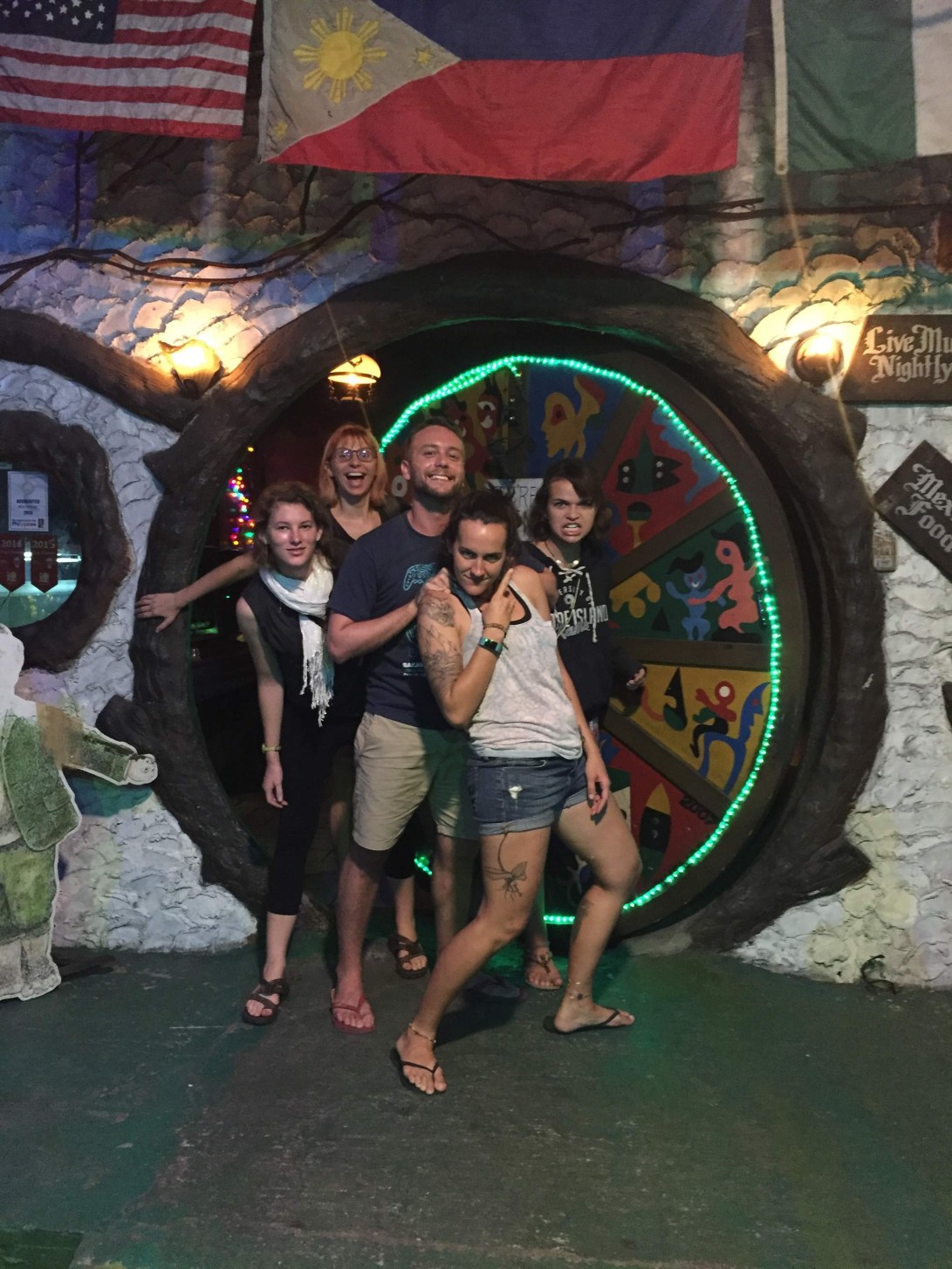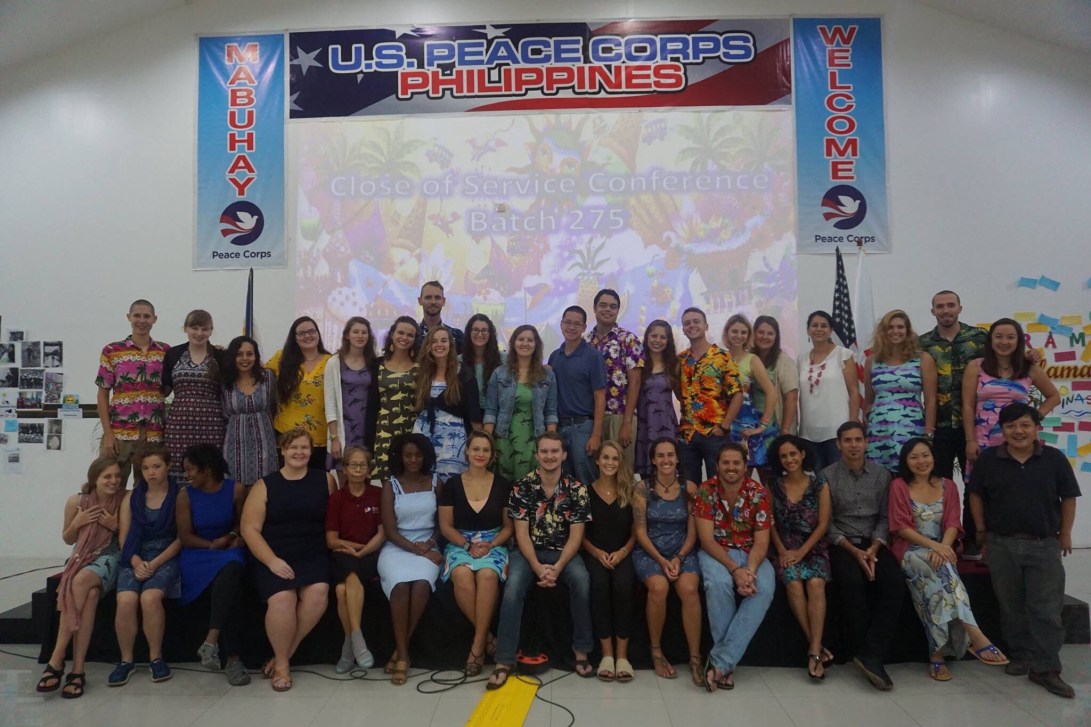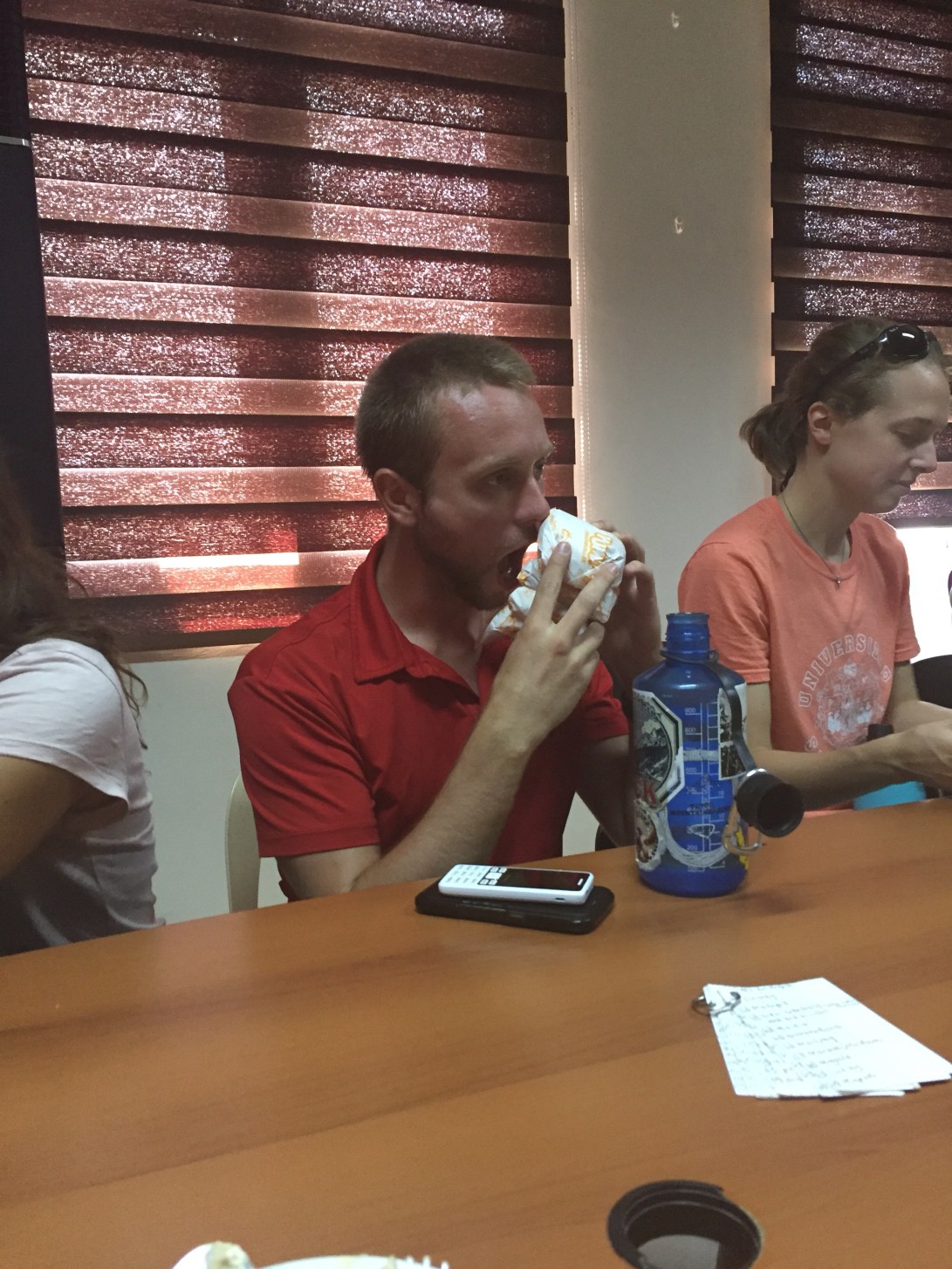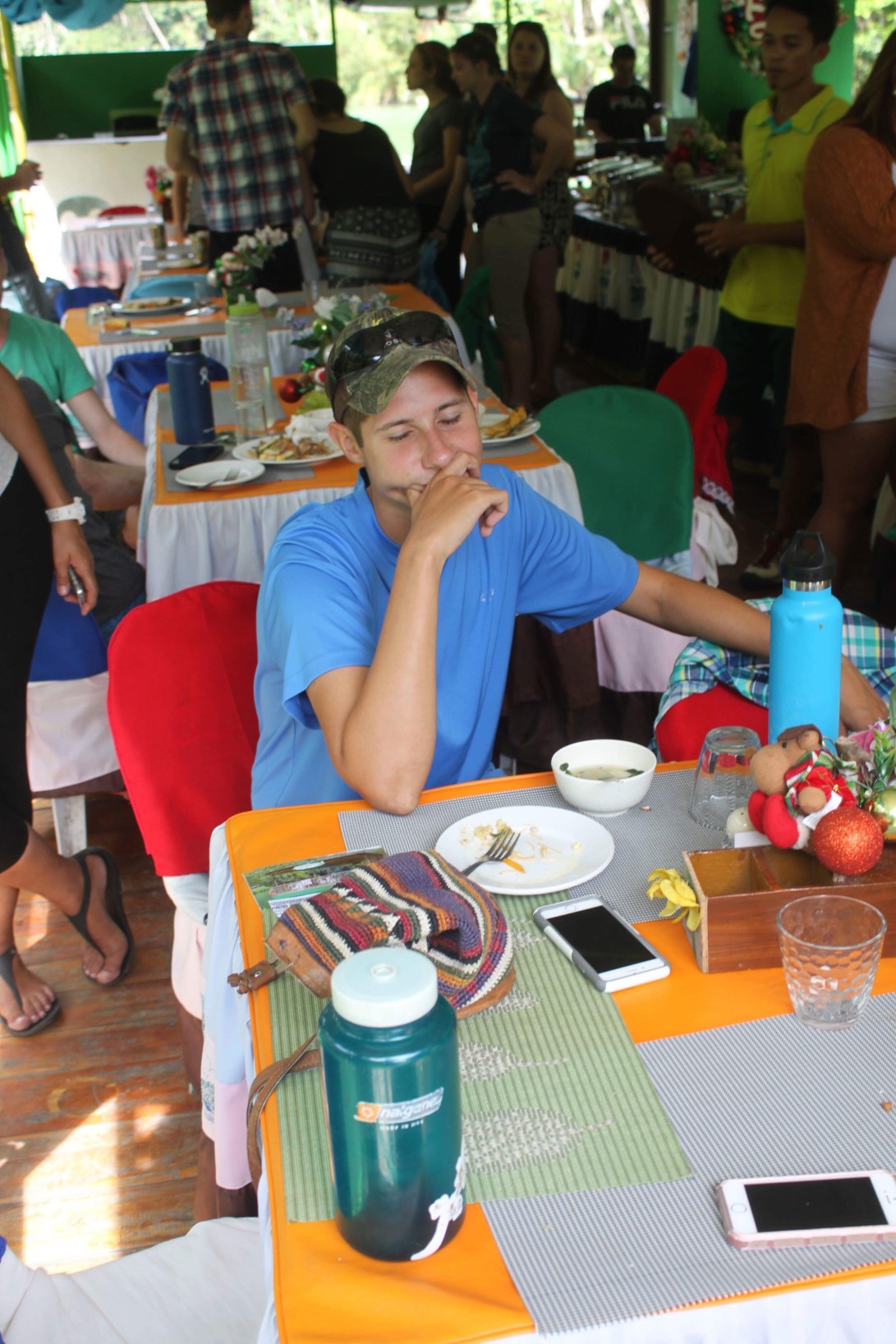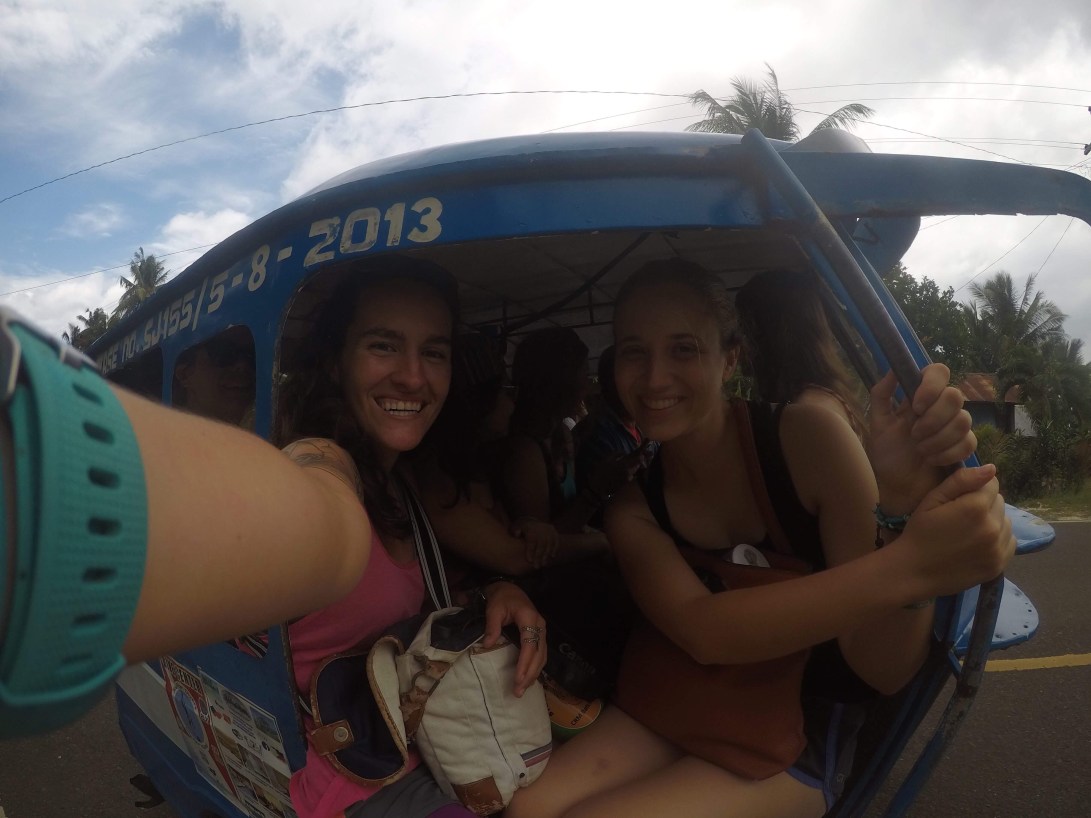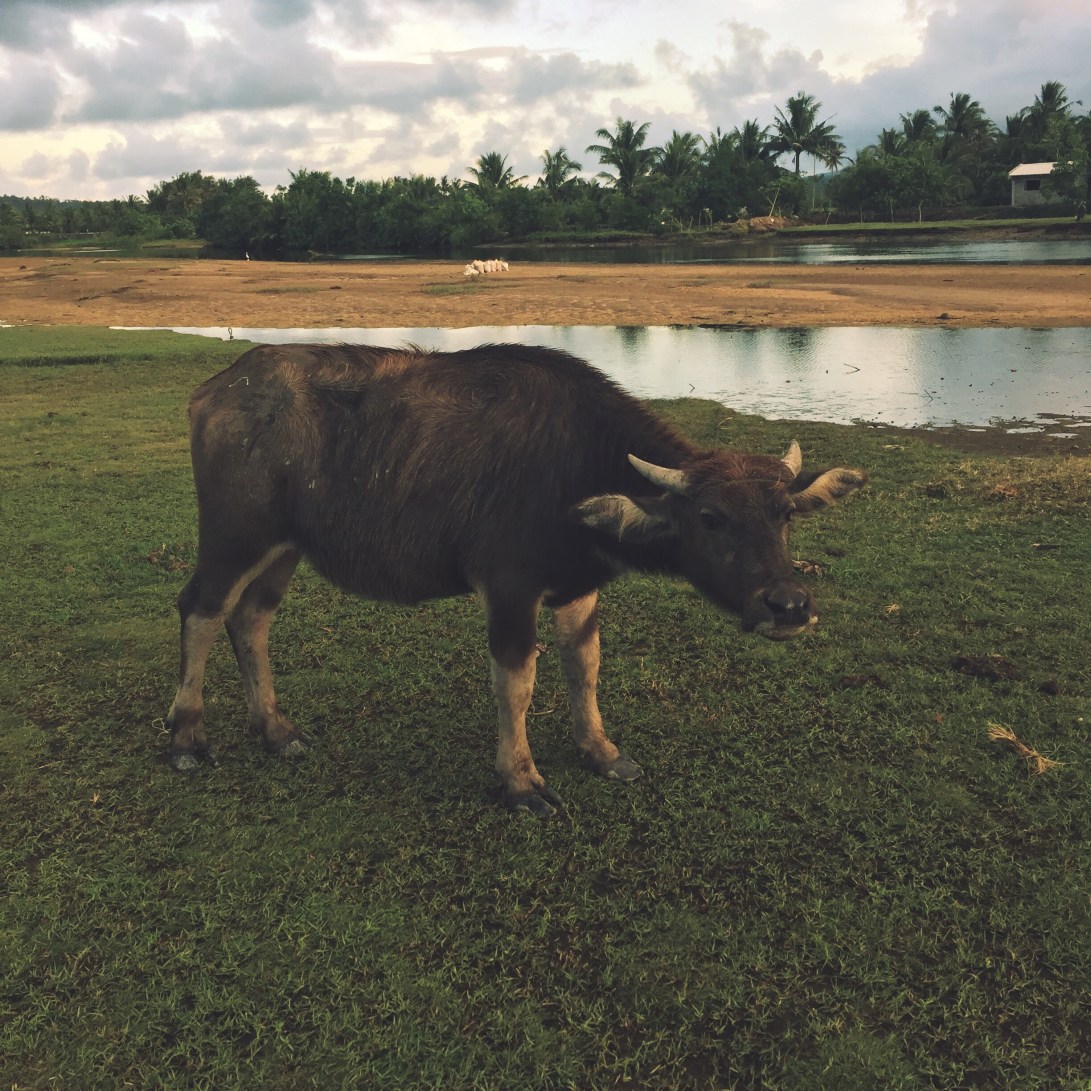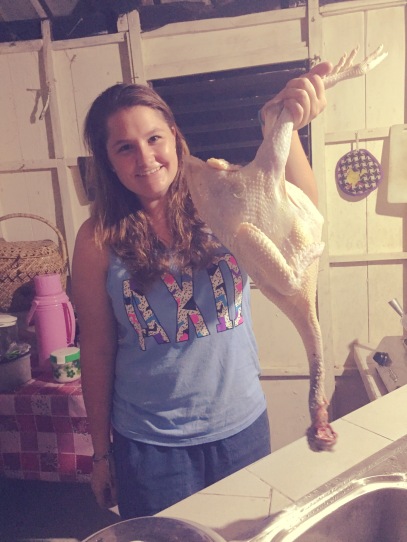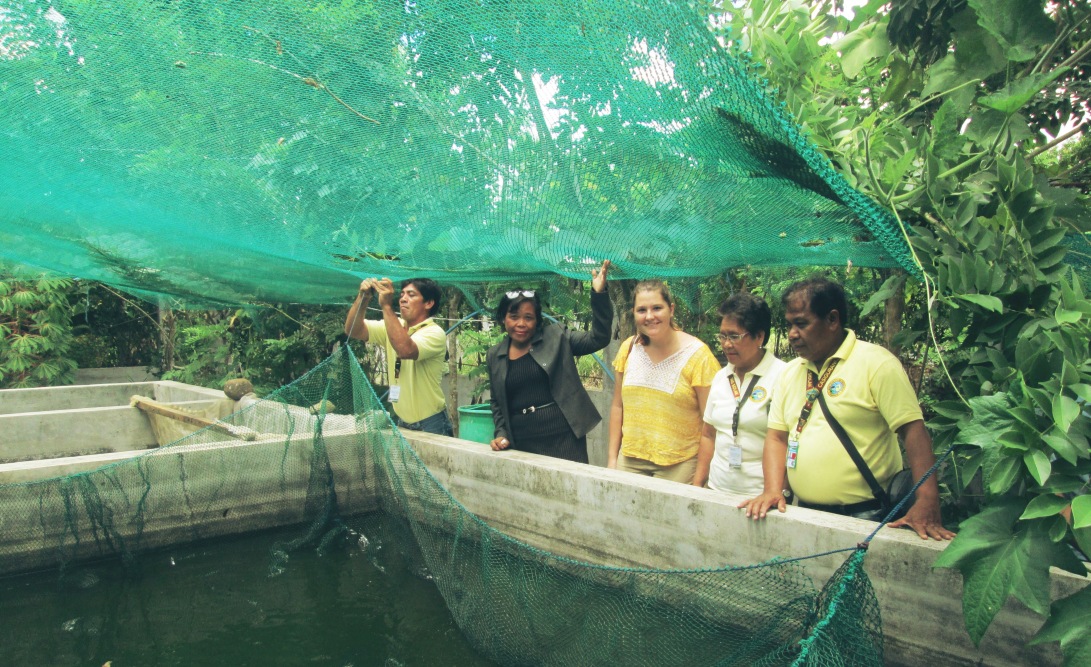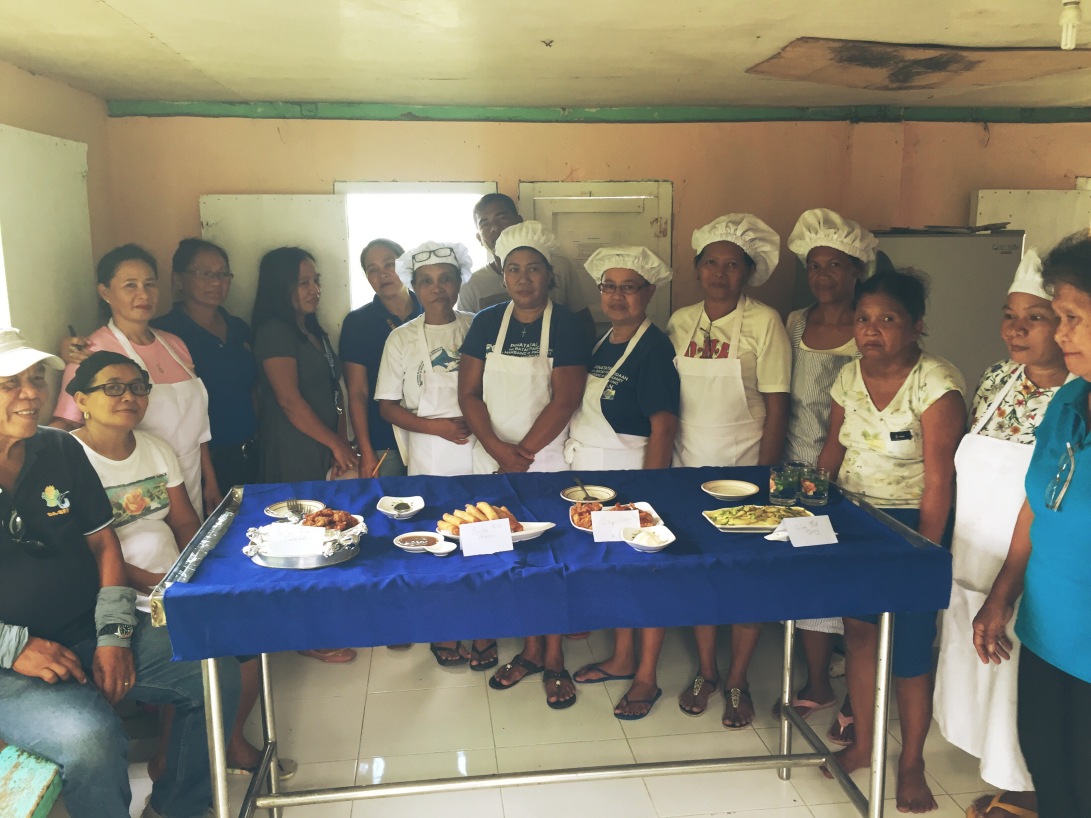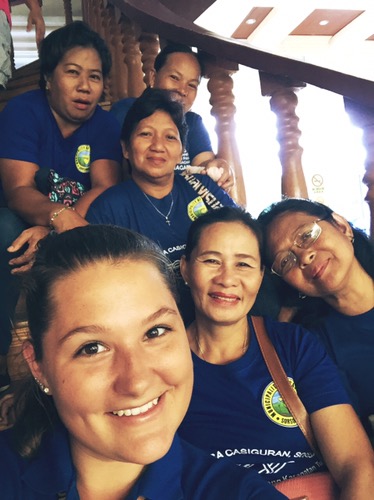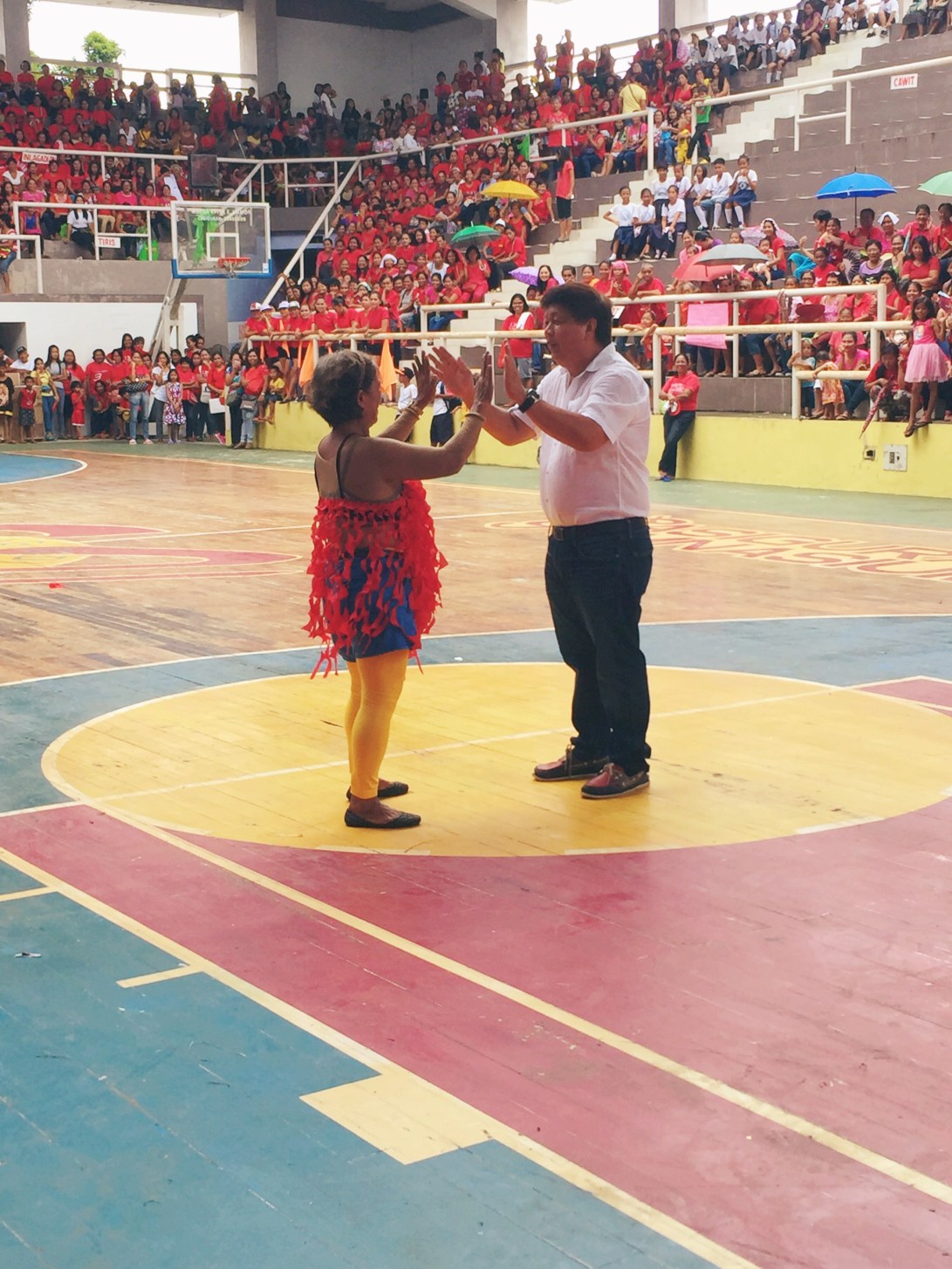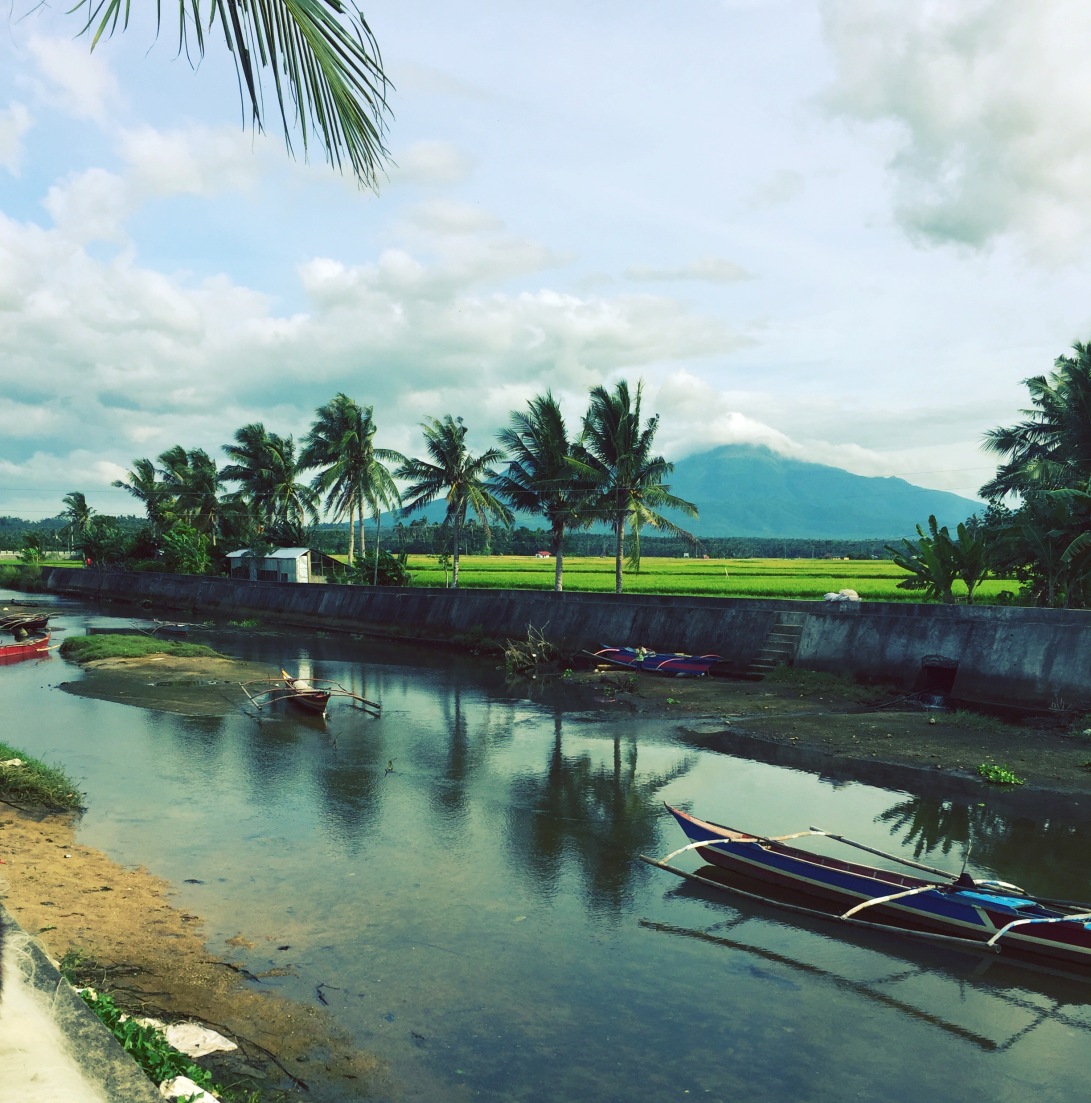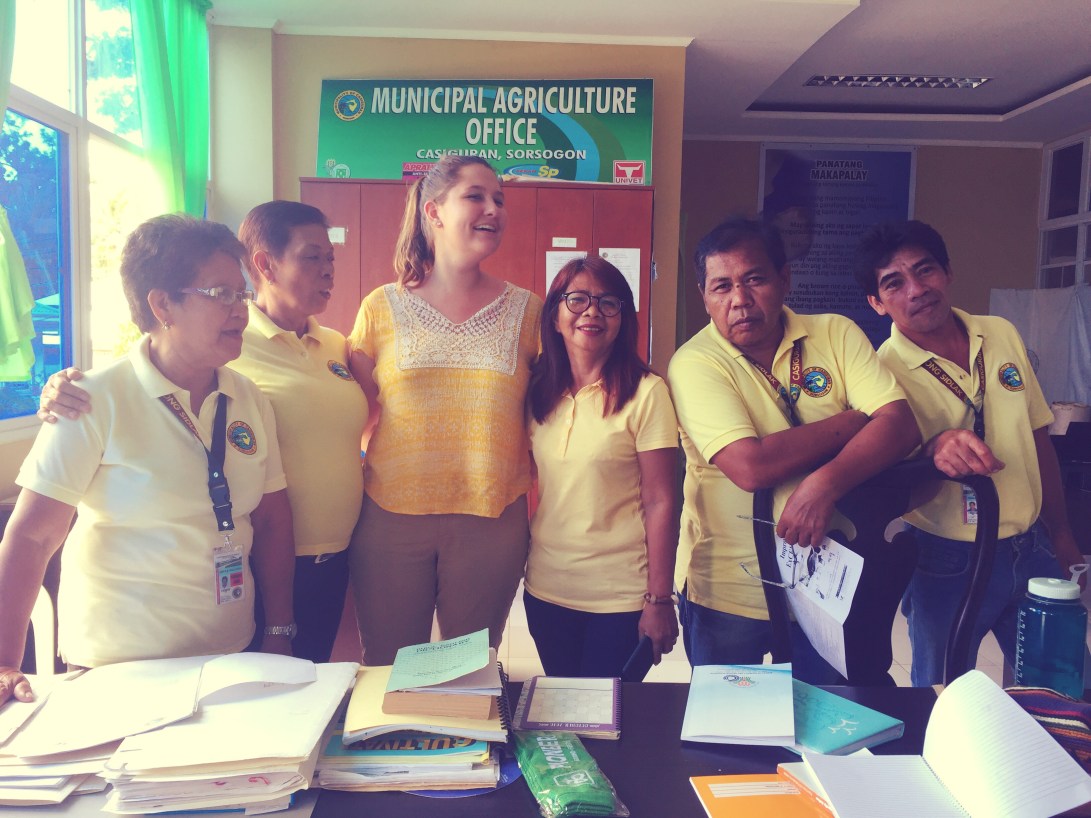“Your dives will be 1.6 million rupiah” the secretary at Gecko Dive Center doesn’t bat an eyelash as she rattles off this jarring number.
The mere suggestion of a million of anything is enough to make my stomach drop. That’s insane! ONE MILLION?!
Of course, 1 USD is equivalent to about 14,000 IDR so in fact the prices were quite reasonable. We double checked the conversions and shelled out the rupiah to dive in the Bali sea off of Penida island between Bali and Lombok. And it was worth. Every. Last. Rupiah…

We met our dive guide Maid (pronounced: Maddy) at 8am and enjoyed the island time as we slowly got our gear together and headed out for the day. When we took off I found the ride rather rough, but Maid assured me that it was a nice day and the ride wasn’t bad at all!
When we neared Penida island we approached a few other boats that were casually smoking cigarettes as they guarded a capsized boat with it’s props in the air. None of the Indonesians on our boat really give it much thought, we later asked Maid about the boat and we had to remind him.
‘You know, that boat we saw this morning that was flipped over?’
He says with a big ole smile, with no signs of concern in his voice, that it must have capsized this morning. Dani and I just shrugged it off and checked out our dive gear.

We arrived at our dive site, Manta Point. The dive site was below a sharp cliff, and the water was choppy as it bounced off the land and back towards the dozens of boats floating in the area. Manta Point is a cleaning station for reef manta rays of the Bali Sea. Manta rays are a migratory species so while some can get up to 5.5 meters (18 feet) in width, and up to 1.4 tons (2,800 pounds) (arkive.org), they can be hard to spot unless you know which reefs they visit.
The manta rays come to Manta Point to be cleaned by the reef fish. They glide over the reef, and the fish come out of the crevices and rocks to pick parasites off of the manta’s body. This is a symbiotic relationship because both the manta ray and the reef fish benefit. The manta rays get rid of potentially harmful parasites, while the reef fish get a meal delivered to their doorstep for free! This makes manta point a hot spot for diving, which was clear by the number of boats bobbing up and down in the water.

We jumped in the water and hung out near a small seamount, where the reef fish sat waiting for their daily doorstop service. We could feel the swells of the ocean’s surface up above as we bobbed up and down in the water column. We also sat eagerly awaiting, for a second I wondered if this is how the reef fish felt.
Suddenly a manta appeared from behind the seamount! It sailed over the divers with such ease. As I followed the one with my eyes, I turned back to the start to find one swimming directly at me. With thoughtless effort the ray rose just above me, just missing the top of my head. Manta rays flap their triangular pectoral ‘wings’ to propel themselves forward, and they have little mouthparts that protrude forward, called cephalic lobes. They appear to fly through the water column flapping their wings lazily and drift to the deep like a bird that has caught a steady updraft. They’re playful animals and as they approach one another they seem to dance around. Two smaller mantas encircle a larger one like children running at an adult’s feet. As they swam around they playfully tossed their cephalic lobes back and forth as if to simply entertain themselves, like an elephant playing with it’s trunk. Unlike other animals commonly spotted during a dive, their presence lost no novelty as the minutes ticked by.

We swam along the reef and spotted several smaller rays on the reef as well. These rays however move by undulating their pectoral fins. In other words, the mantas look like they’re flying underwater, while these smaller rays look like the edges of their body are creating waves that circulate around their entire body. When we surfaced we were absolutely ecstatic unable to even count how many manta rays we saw.
When we returned to land we were coaxed into doing a night dive at Blue Lagoon.
Night dives can be a little eerie. As you sink below the surface of the water, the reef that was seemingly playful during the day, is run by entirely different group at night. Swimming through the dark, you begin to realize what a scary place the ocean can be at night. You see the fish from the day hidden in the crevices of the rocks and corals. In the back of your mind you wonder…should I be hiding from what they’re hiding from?!
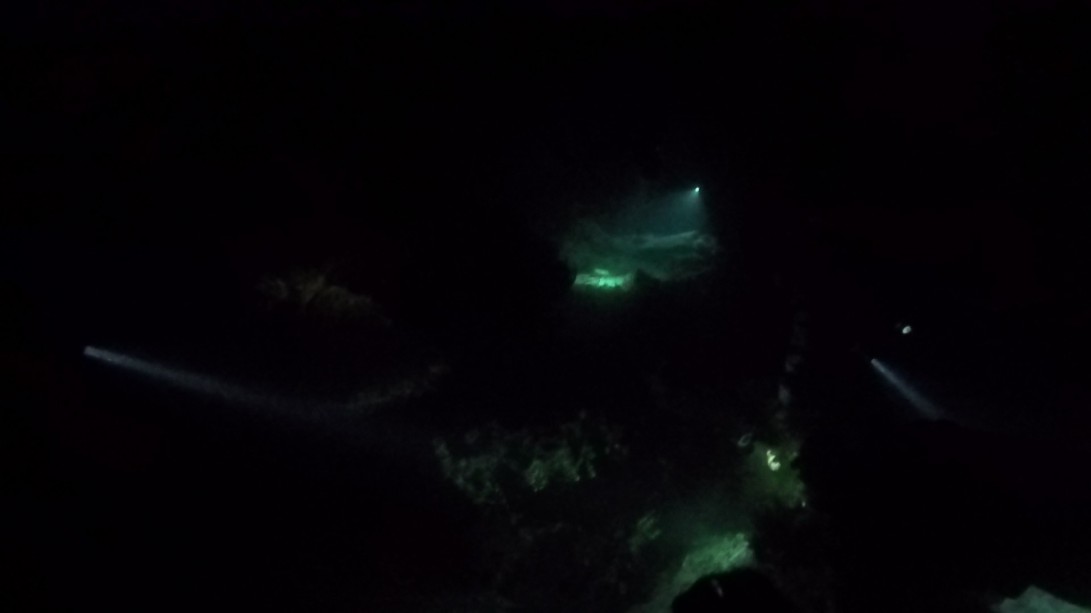
During the day, I like to turn away from the reef and look out into the ocean. It’s a deep blue color and looks like it goes on forever. At night it’s black, even with an almost full moon, the sea remains black. During a night dive you have a torch, and while flashlights on land can light up an entire area, underwater torches only light up one spot. The lamp creates a well-defined circle in the sand, and the edges of the light are met by immediate darkness. I shine my light out into the sea beyond the reef, into the blackness, to see what I can see. Thousands of little organisms’ eyes reflect off of the light and they scatter as I follow them with the lamp. I turn my back to the darkness and avoid thinking about the large predators out there somewhere hidden in the darkness of the ocean at night. I direct my light back to the reef, and see a whole new community of organisms, wide awake.
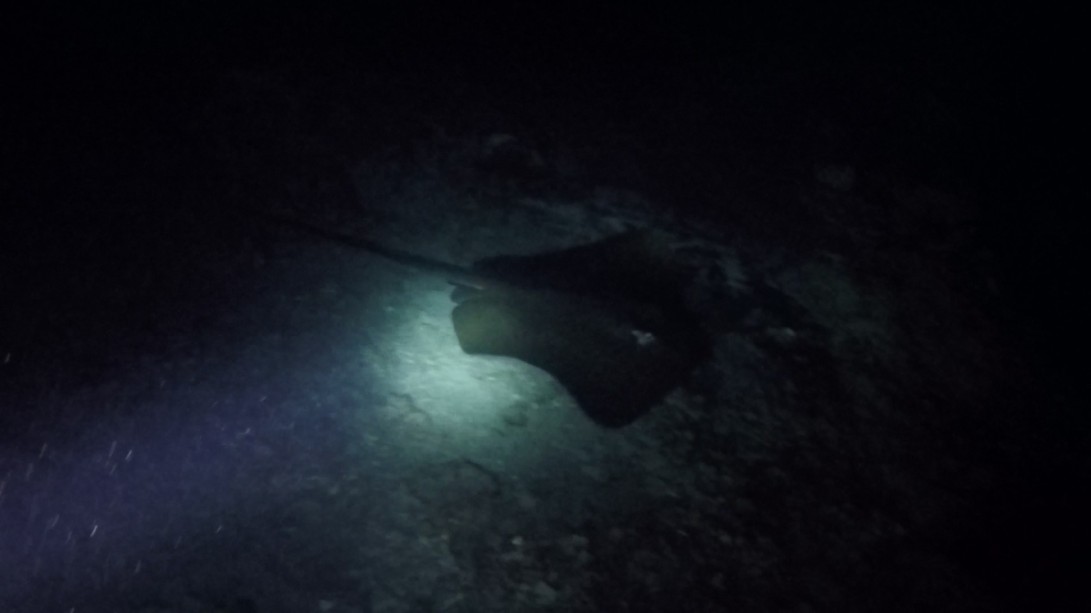
While many fish are asleep, the draw of a night dive is that you see an entirely new group of marine organisms that hide during the day. My favorite creatures we saw on this dive were the small cuttlefish. Cuttlefish are a type of cephalopod. This means they’re related to octopus. Cuttlefish have chromatophores in their skin that allow them to change colors. They use this ability for camouflage during the day. One can swim completely by a well-disguised cuttlefish that looks like just another rock. At night, they use this ability to lure their prey close. The flashes of black and white run down the length of it’s body and it’s tentacles pulse the colors as well. Once it’s prey wanders close enough to it’s beak, it snatches it’s prey out of the water with all of it’s tentacles like a lizard’s tongue! Luckily they can’t hunt humans because I was completely mesmerized by the cuttlefish and followed them for much of the dive. Other active predators during a night dive include sharks and octopus.
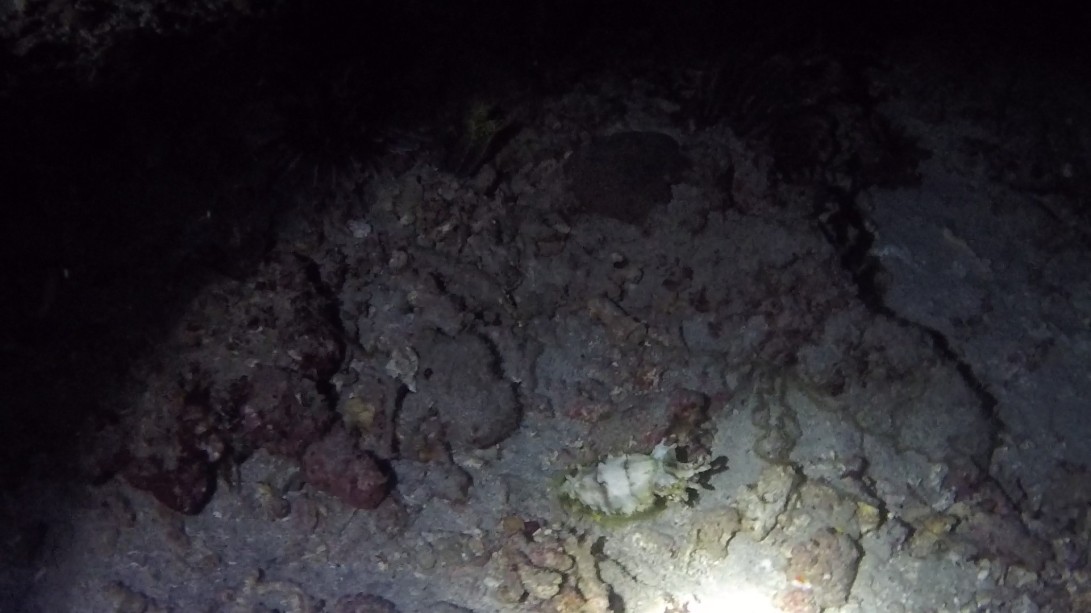
As we swam along we came across a small coral catshark that darted in and out of rocks and corals looking for dinner. We also saw a whitetip reef shark swiftly swimming close to the reef trying to spot an easy catch. There were a few other species we still haven’t been able to identify!

We came up to the surface absolutely thrilled once again, and I decided it was the best day of diving I had ever done. Little did I know that in a few days time we would get luck enough to hop on a day trip to Sipadan island in Malaysian Borneo, a spot that has been recognized as THE best dive site in the world….but more on that later! 😉
P.S. check out the videos on my Facebook post, they completely surpass the photos! (WordPress won’t allow me to share videos without a premium account)



